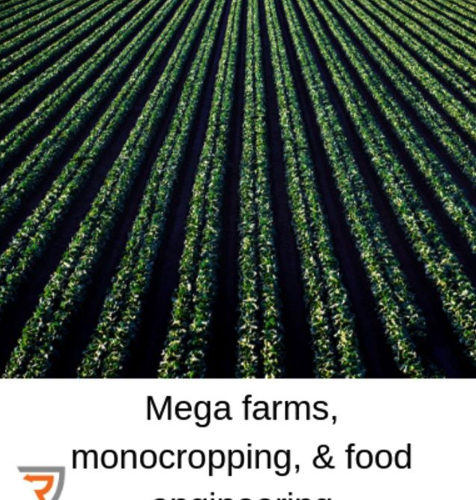In recent years, more megafarms have begun to use monocropping, which depletes the soil of beneficial microelements in order to maximize production. The role of Big Food in increasing food production depletes micronutrients and adds artificial flavors, increasing the likelihood of someone developing obesity.
By 1967, American corn farms were growing nearly three times as much corn as thirty years earlier. The mono-cropped surplus was shared with livestock to increase production. The average dairy cow now produces more than 70 pounds of milk per day, and the top-performing Holsteins produce 200 pounds per day, a 1,200 percent increase over the 1948 average. Similarly, a typical potato farmer produced about 63 sacks of potatoes for every acre in the 1930s, but by the mid-1960s, it was up to 200 sacks.
Eating is a behavior-driven by an expectation of pleasure; we crave flavors. However, mass production reduces micronutrients, which results in bland food. Maximizing food quantity came at the cost of nutrient density and food began to get blander. The solution to this bland food was adding flavors to stimulate taste. Flavor engineering combines organic chemistry with engineering, neuroscience, psychography, psychophysics, ethnography, demography, molecular biology, finance, botany, economics, and physiology to produce flavors that specifically increase cravings.
Hyperpalatable, highly processed foods are designed by food manufacturers to activate the reward system and increase food consumption. Unfortunately, the brain’s perception of the nutrient value is distorted by synthetic flavors. Subsequently, people end up overconsuming manufactured carbohydrates and manufactured fat in a combination that is likely to result in obesity.






